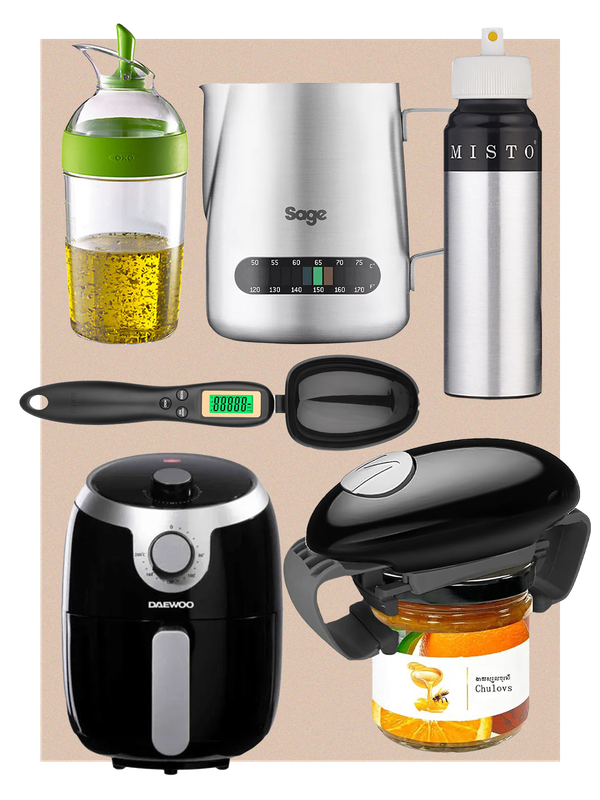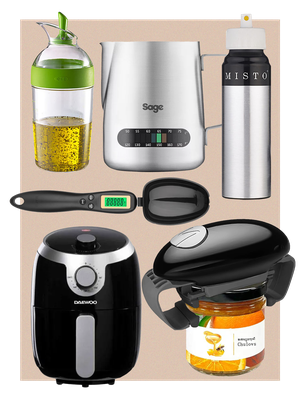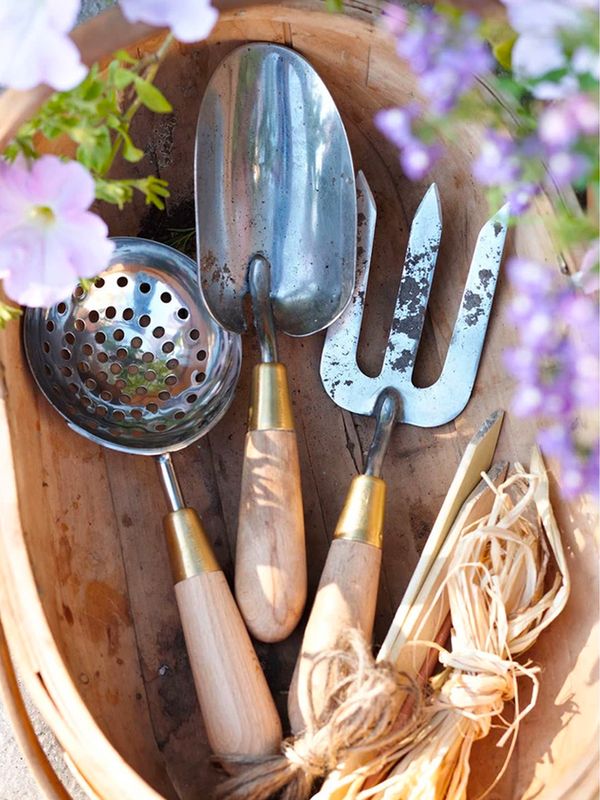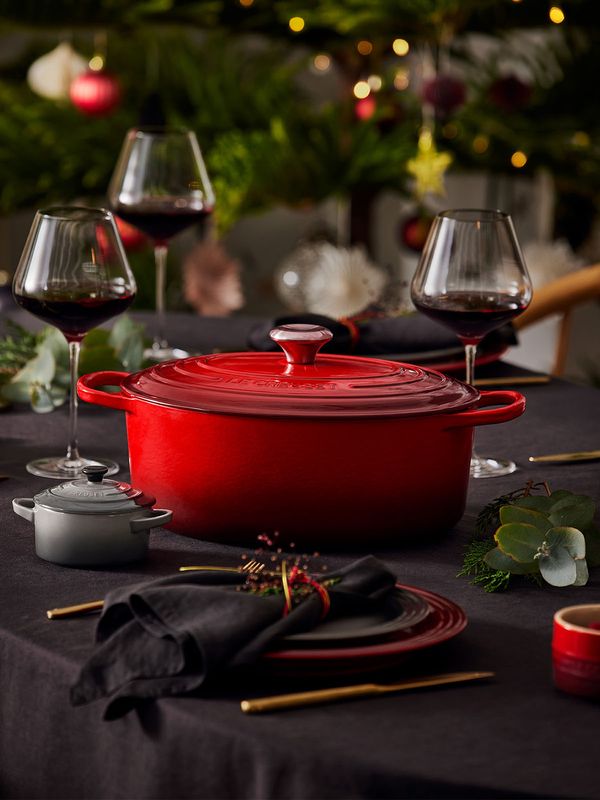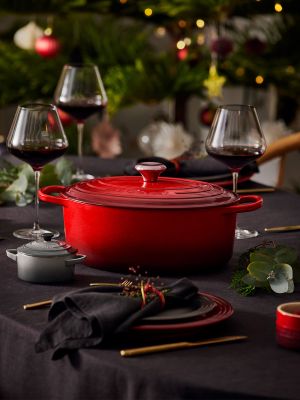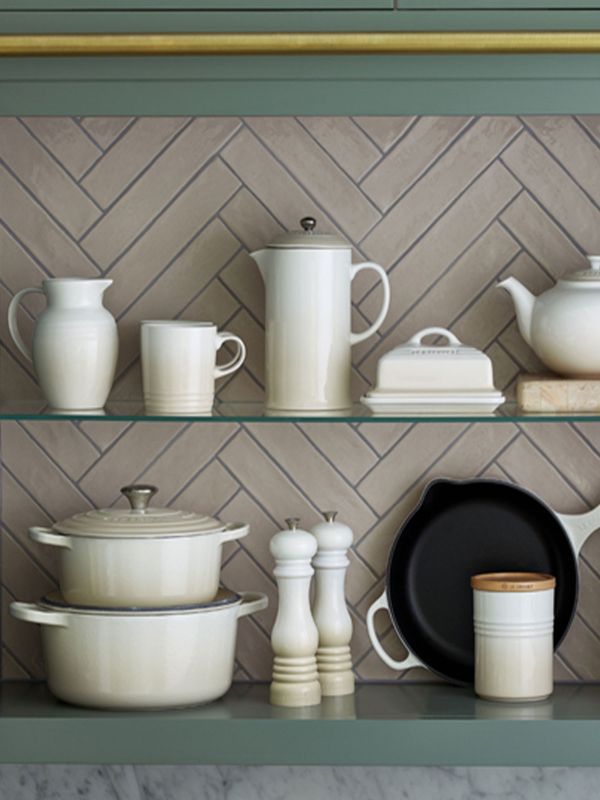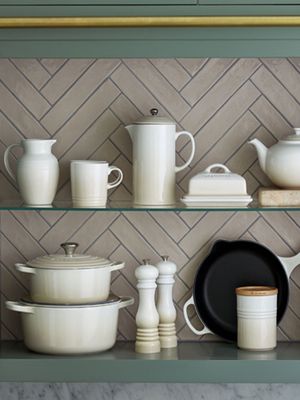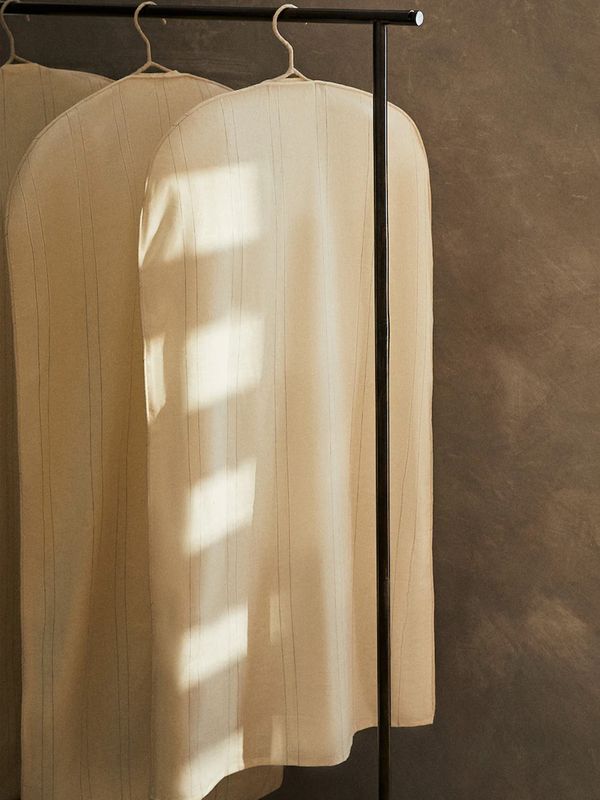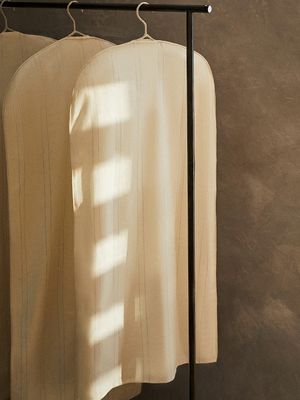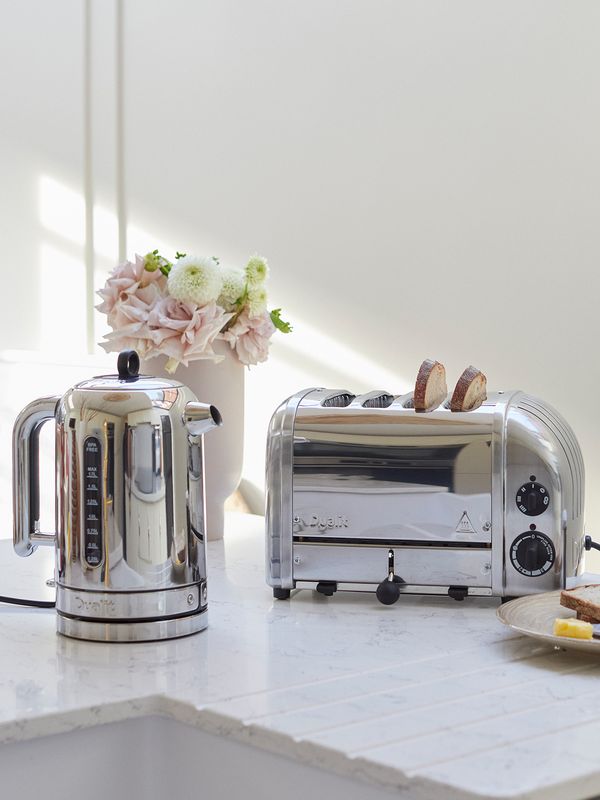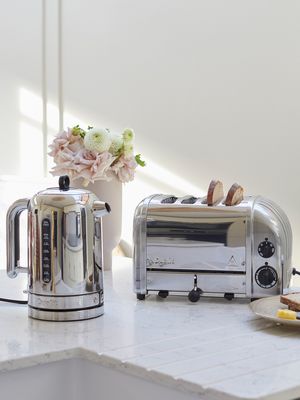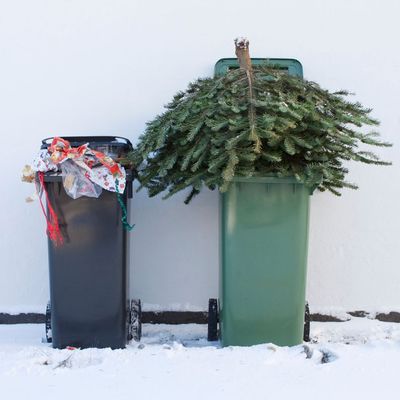
Get Your Recycling Right This Christmas
Wrapping Paper
These days, the easiest way to tell if wrapping paper is recyclable is the ‘scrunch test’. If it stays scrunched up, it can be recycled, if not, put it in the general bin. Ultimately, the best thing to do is to buy clearly labelled recyclable wrapping paper. Glittery, metallic designs are often not planet-friendly, and even non-metallic shiny wrapping paper is usually coated in a layer of plastic. Interestingly, tissue paper and some very thin wrapping papers can’t be recycled because the fibres are too short and not good enough quality for the recycling process. Always ensure you’ve removed all the sellotape before putting it in the recycling bin, too.
Christmas Cards
One in four Christmas cards goes unrecycled. That’s a lot of card just discarded in the bin. When going through your own, look out for the ones with glitter, bows, metallic finishes or other embellishments, as these can’t be easily recycled. Envelopes, on the other hand, generally can be. If you have cards you can’t recycle, try getting creative and cutting off the fronts to use as next year’s gift tags.
Plastic Packaging
When it comes to plastic packaging, safe to say, the issue is complicated. From moulded clear plastic covering products in a box to those little ties and clasps that hold toys in place, plastic comes in many guises – and can’t be treated equally. Because there are different recycling rules and symbols, the best approach is to get familiar with them all. If you need a gentle reminder, consider these points below…
Recycling symbols: the need to know
The Mobius Loop
This universally recognised logo means an item can be recycled. Sometimes there may be a percentage in the middle which indicates how much of it has been made from recycled materials, too.
The Triangle Arrows
Three arrows in a triangle means that the items is recyclable and the numbers and letters act as identification for the recycling teams. Plastics are classified into one of seven categories, each one a different material that is more or less easy to recycle:
1 = PET, Polyethylene Terephthalate, which is widely recycled.
2 = HDPE, High-Density Polyethylene, which is also widely recycled.
3 = PVC, Polyvinyl Chloride, which can be recycled but is harder to do so, so check with your local authority.
4 = LDPE, Low-Density Polyethylene, which can be recycled, but check with your local authority.
5 = PP, Polypropylene, which is hard or not possible to recycle, so try to reuse or avoid it. PP is often found in disposable cups and some food containers.
6 = PS, Polystyrene or Styrofoam, which is hard or not possible to recycle, so try to reuse or avoid it. PS is used in disposable coffee cups, plastic cutlery and packing foam.
7 = other. This is usually a mish mash of lots of different plastics and is pretty tricky to recycle, so it’s best avoided where possible.
Widely Recycled
This means an item is widely recyclable by 75% or more of local authorities in the UK.
Financial Contribution
Be warned – this means the manufacturers have made a financial contribution to recycling services in Europe, but it does not mean the product or packaging itself is recyclable.
Check Locally
This means an item is recyclable in 20-75% of UK regions, so check with your local council before taking it to the appropriate facility.
For more information click here.
DISCLAIMER: We endeavour to always credit the correct original source of every image we use. If you think a credit may be incorrect, please contact us at info@sheerluxe.com.
